A heady cocktail
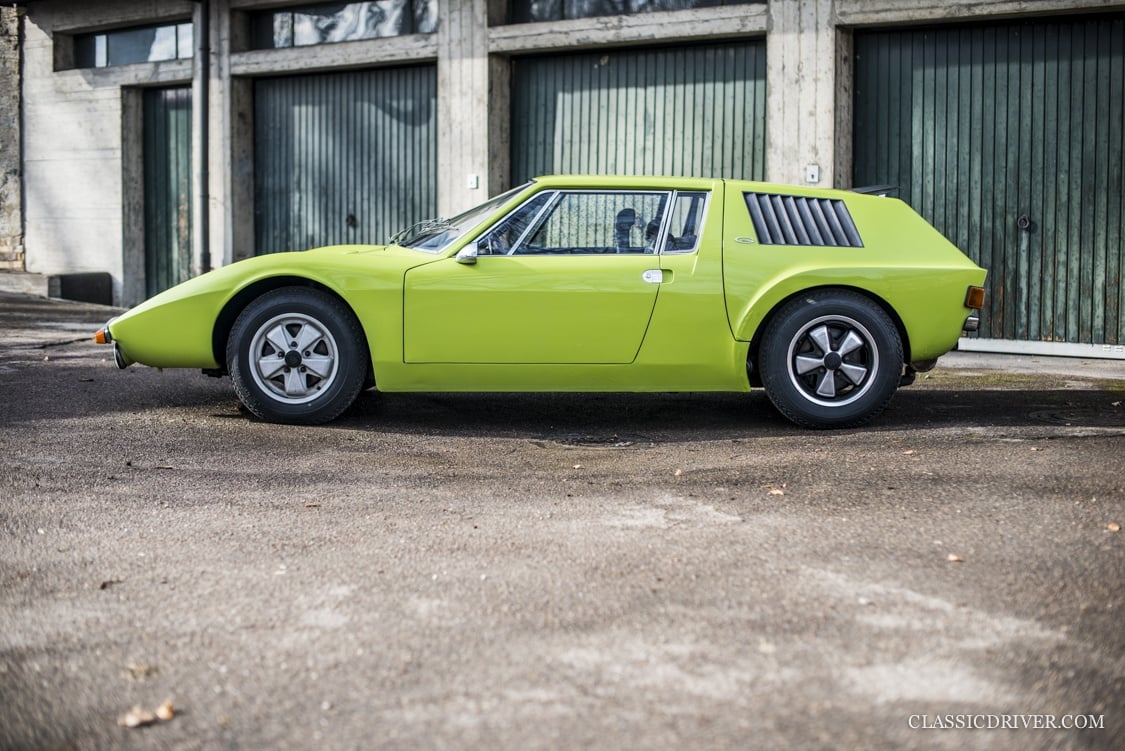
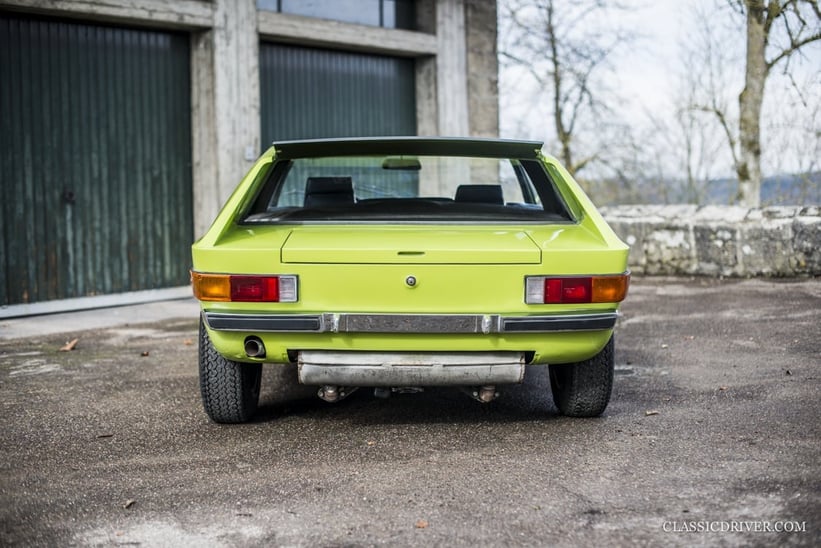
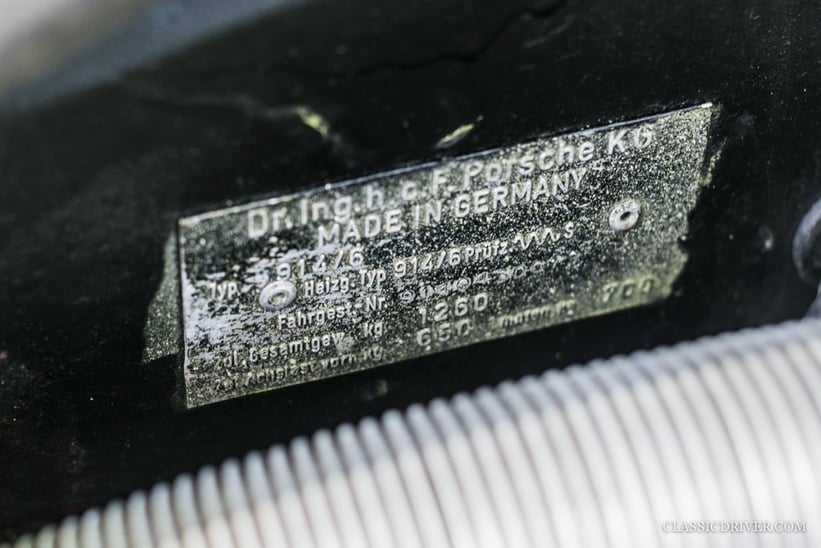
Have you ever considered what the outcome would be if someone created a car inspired by bits borrowed from a Jensen GT, a Lotus Europa, a Ferrari '250 ‘Breadvan’, a Smart Roadster Coupé — oh, and, perhaps, a Porsche 914? No, neither had we. That is until we learned about this peculiar Porsche 914/6R conceived by the aristocratic Albrecht Graf von Goertz, whose journey to becoming an internationally acclaimed car designer began in his early 20s, when he left his family estate near Hanover and, after a false start in banking, headed to America to work as a parts washer in an aircraft factory.
Started from the bottom...
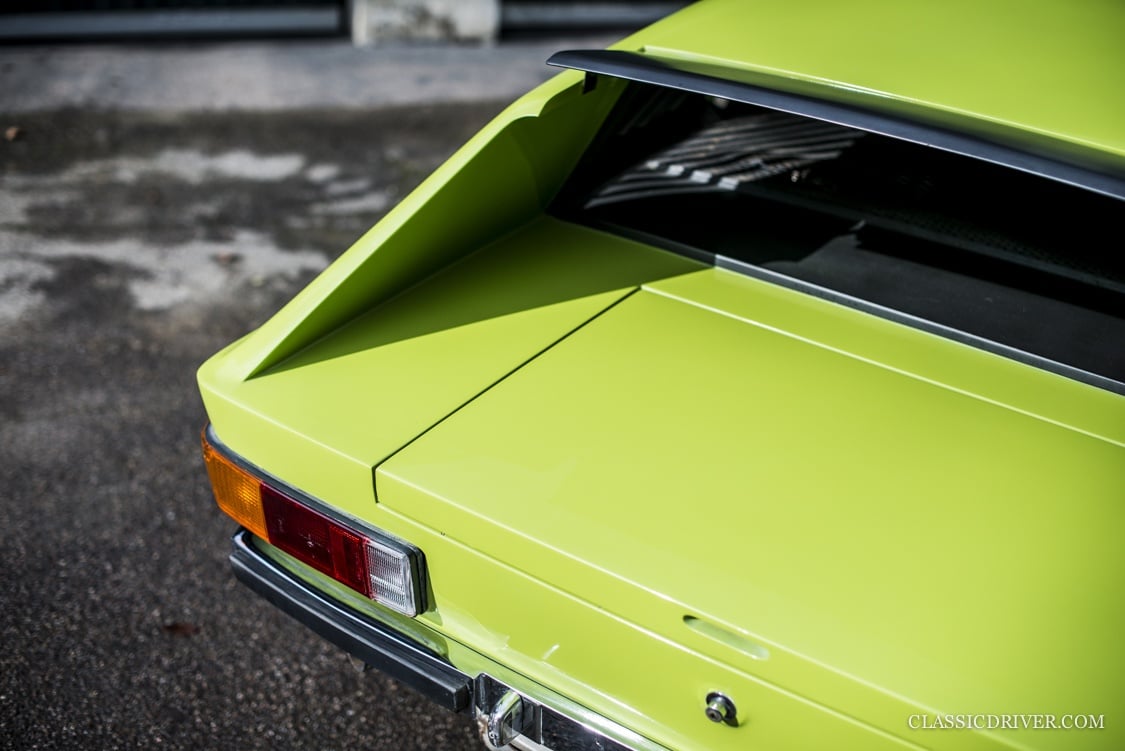
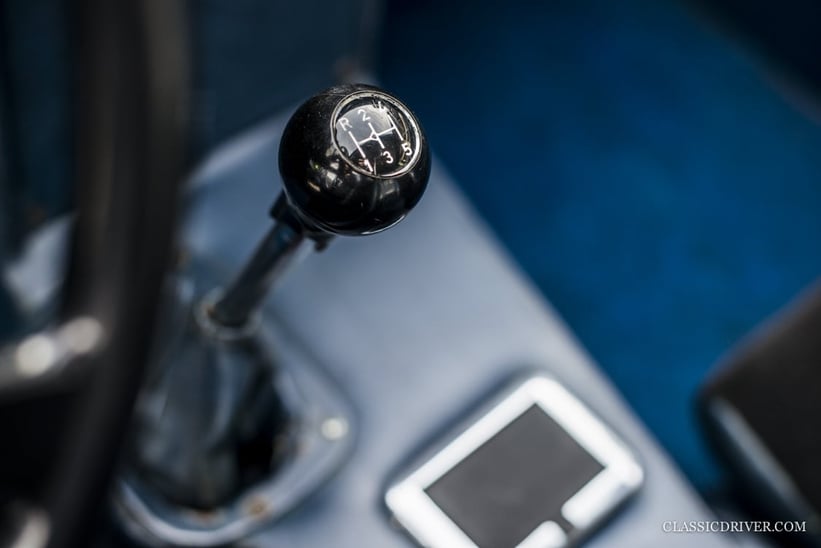
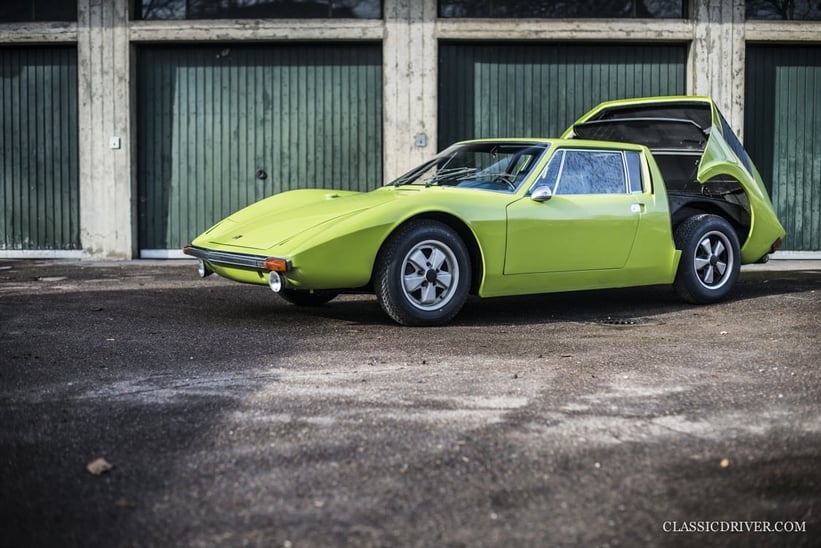
After five years in the army during WWII, Goertz joined the studio of legendary industrial designer Raymond Loewy, who had designed everything from the Shell oil logo to the Studebaker Avanti. Loewy had ‘discovered’ the talented young German after seeing a series of hot rods that he had created in a rented Los Angeles garage and, recognising his potential, put him through design college and gave him a job at Studebaker.
Having benefitted from Loewy's influence, Goertz soon spread his wings and established his own business, creating everything from bicycles and cameras to fountain pens and furniture — work that led him to meet the legendary Max Hoffman, BMW’s US importer. Aware of the marque's intention to create a new series of sports cars, Hoffman encouraged Goertz to offer his services and he was taken on for the job, soon producing what is now regarded as his piece de resistance, the BMW 507 convertible. Goertz also went on to work (perhaps unofficially) with Porsche, which is, of course, where this odd-ball 914 comes in.
Like it or loathe it
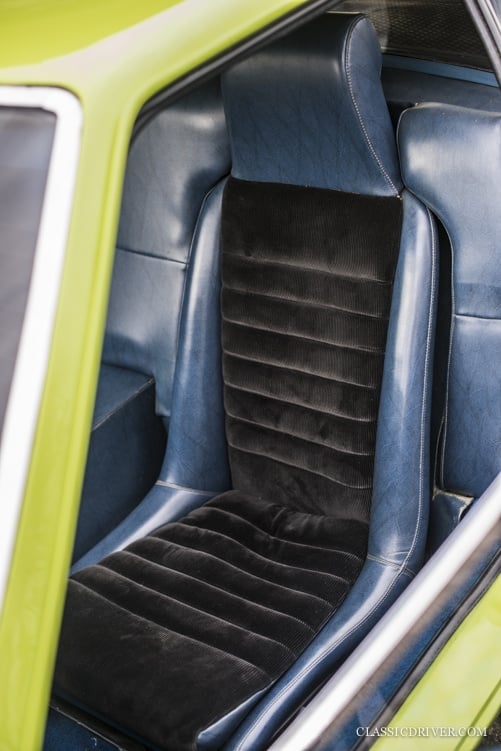
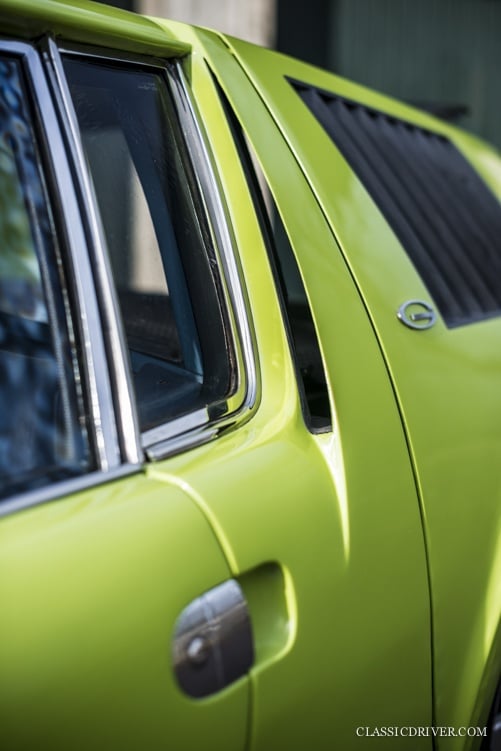
As many Classic Driver readers will know, the collaboration between Porsche and Volkswagen, which resulted in the arrival of the 914 in 1969, was not entirely successful. Intended both to up VW’s image and to replace Porsche’s ‘cooking’ 912 in the most economical way possible, it featured Karmann-built, two-seater bodywork that could take a four-cylinder, Beetle-type engine or a six-cylinder Porsche one. Created in-house by Porsche (not by Hans Gugelot, as is sometimes suggested) the design failed spectacularly to meld the best of Stuttgart and Wolfsburg, achieving instead a look that seemed wrong from almost any angle — especially when painted in one of the more garish of the available colours, such as Sunflower Yellow, Ravenna Green, or Olympic Blue.
Decidedly more exotic
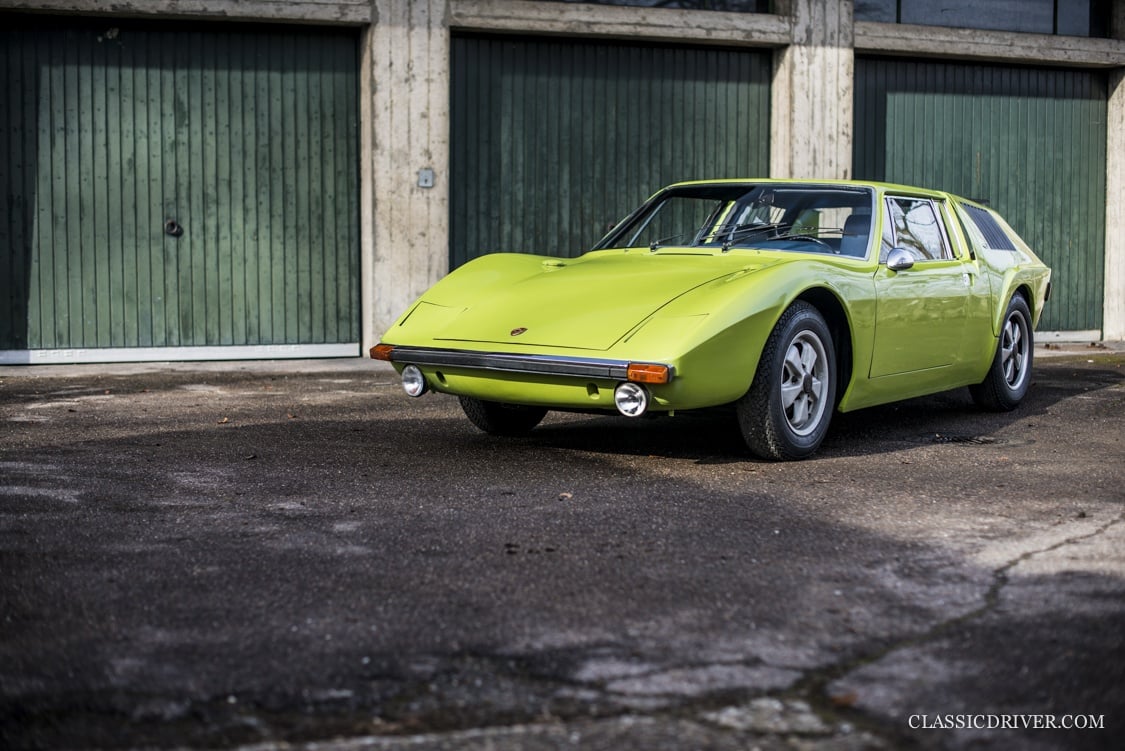
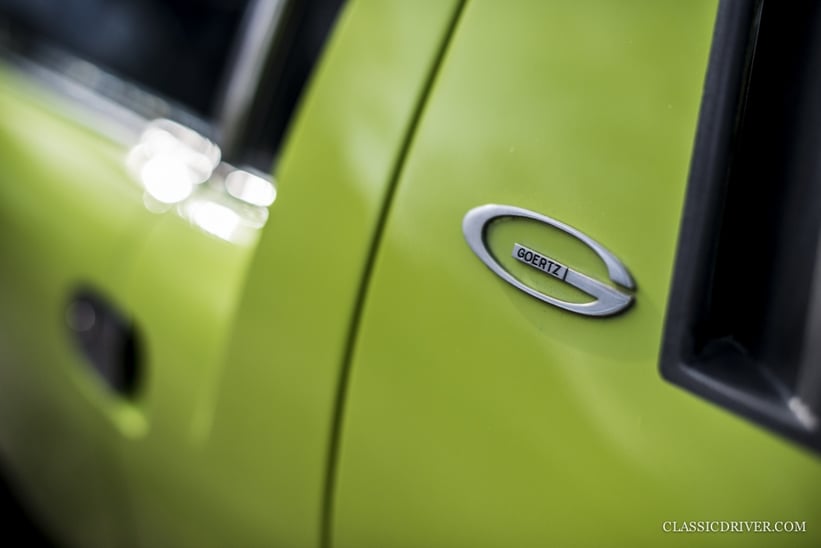
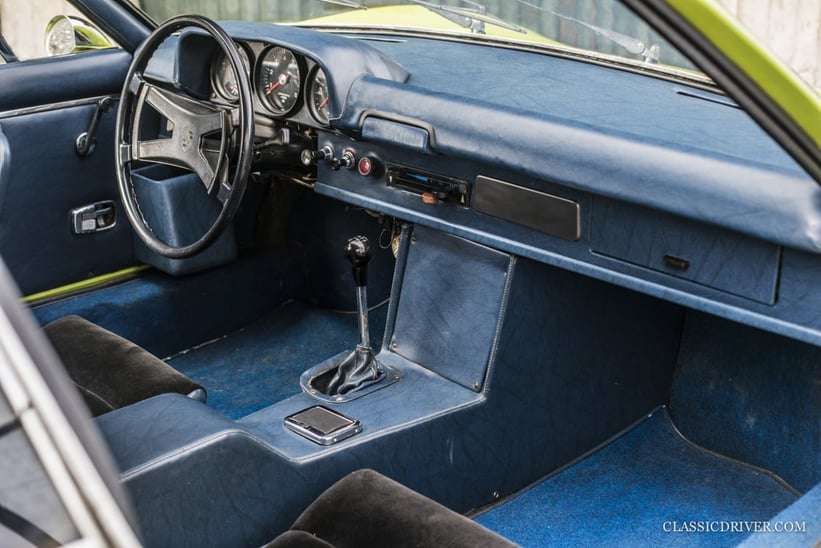
It was because of this, perhaps, that Goertz ordered a 914 in 1970, relatively soon after the car had gone on sale. Unbeknownst to him, it was a race-orientated GT, or ‘R’ Works, version of the type that finished 6th overall in that year’s Le Mans 24 Hours — and Goertz took on the task of ‘reinterpreting’ it.
His method was to rough-out a few sketches and make a model from Plasticine, all of which were swiftly despatched to Turin coachbuilder Eurostyle, along with the 914 and instructions to modify it to his design so that it could be unveiled at the upcoming Turin Motor Show. And the result was undeniably eye-catching, transforming the standard, slightly kit-car looking 914 into something that seemed considerably more substantial, more purposeful, and decidedly more exotic.
So close yet so far
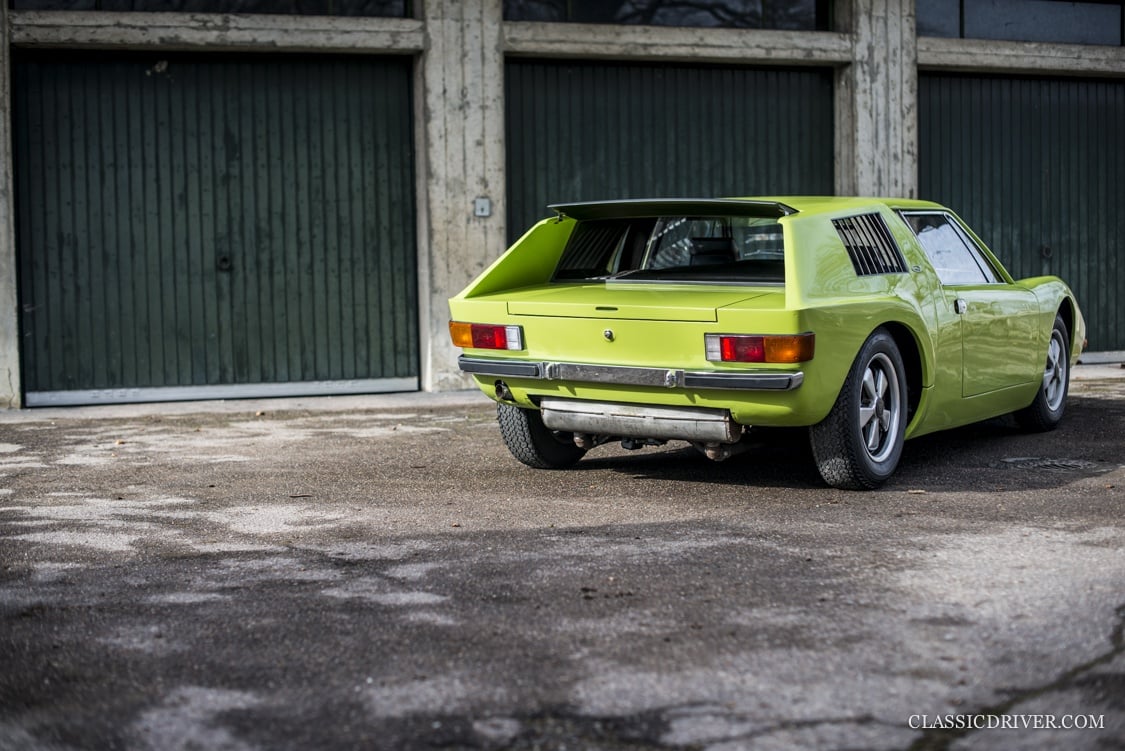
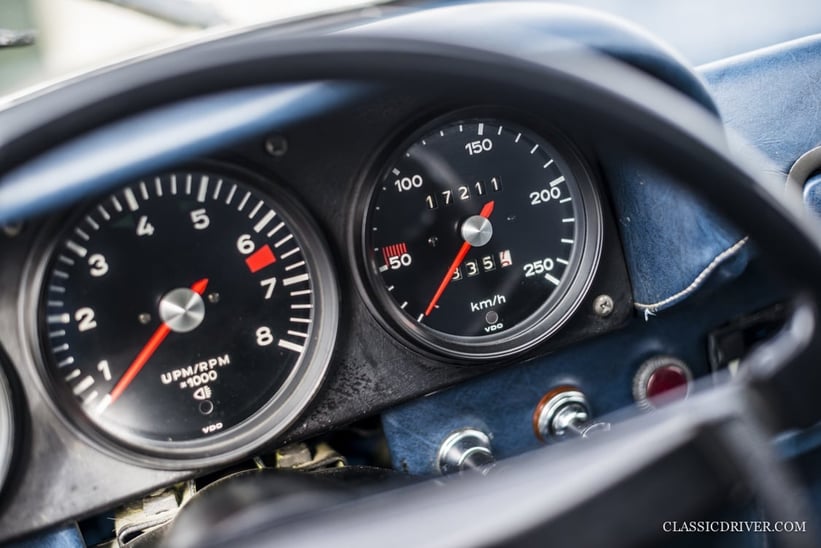
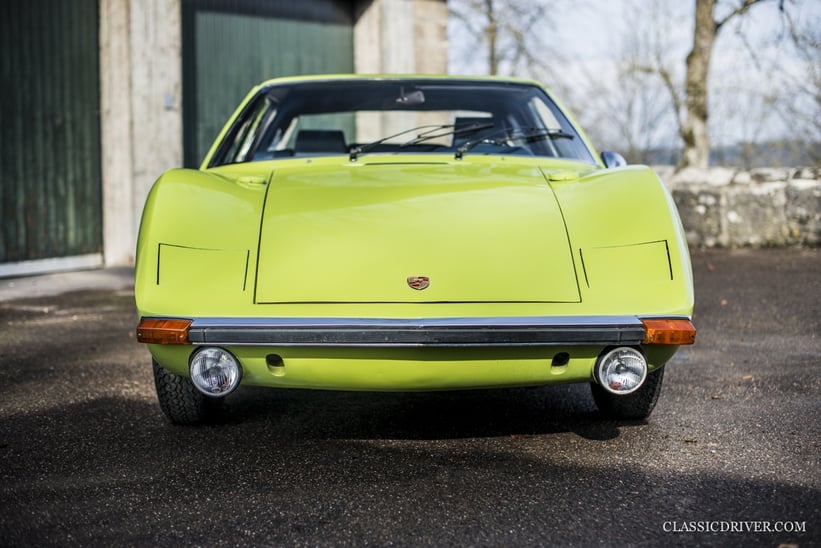
And what’s most remarkable, perhaps, is that he was so serious about producing it that he even printed sales brochures. However, for unknown reasons, the project was shelved almost as quickly as it was instigated, and the car seen here remains the one and only example of the ‘914 Breadvan’ ever produced. Goertz kept the car but ended up donating it to the Langenburg Automobile Museum between Frankfurt and Stuttgart. He died 12 years ago at the grand age of 92 — taking with him the full story on what is surely one of the oddest creations in the history of Porsche.
Photos: Rémi Dargegen for Classic Driver © 2018































